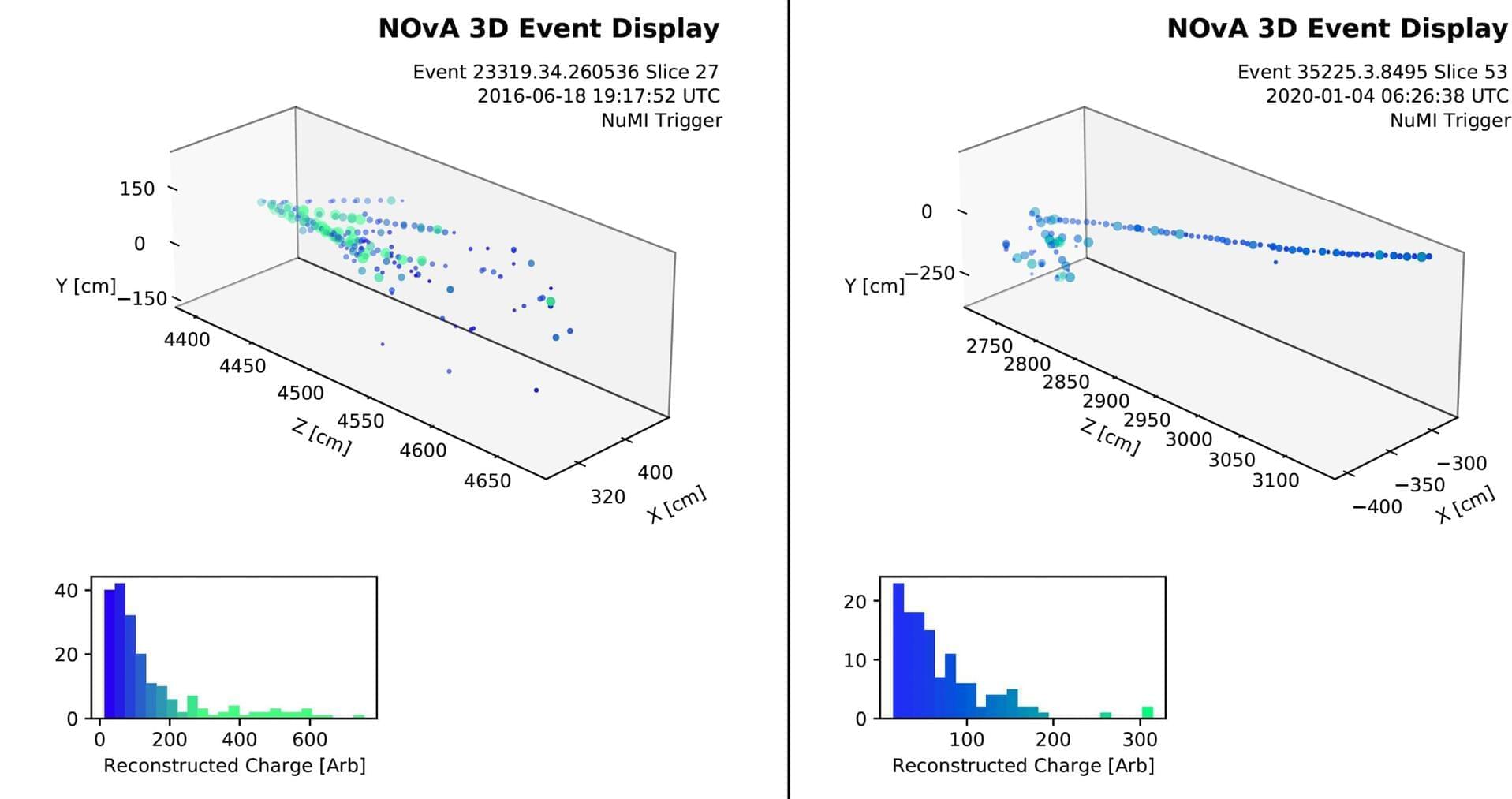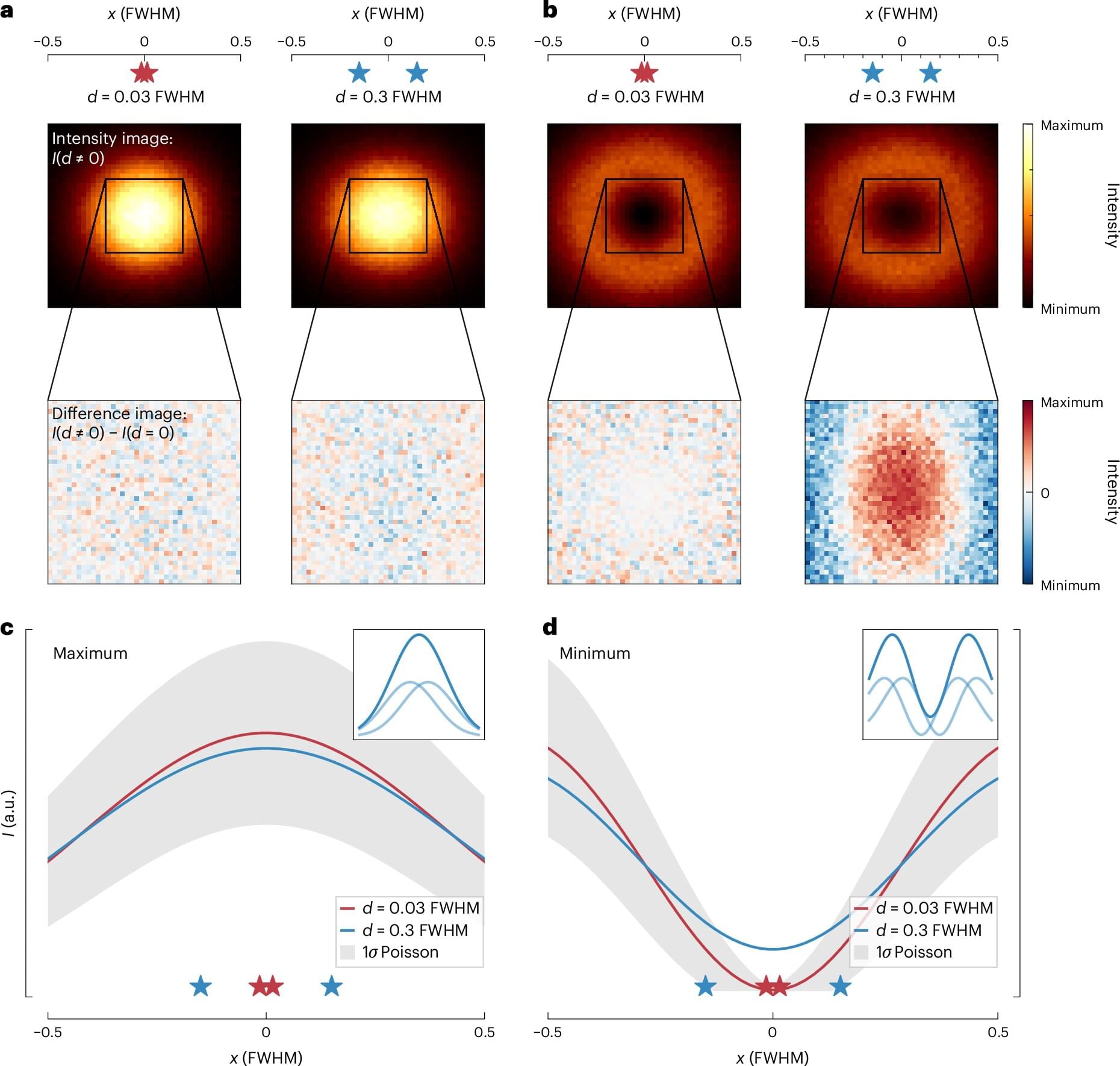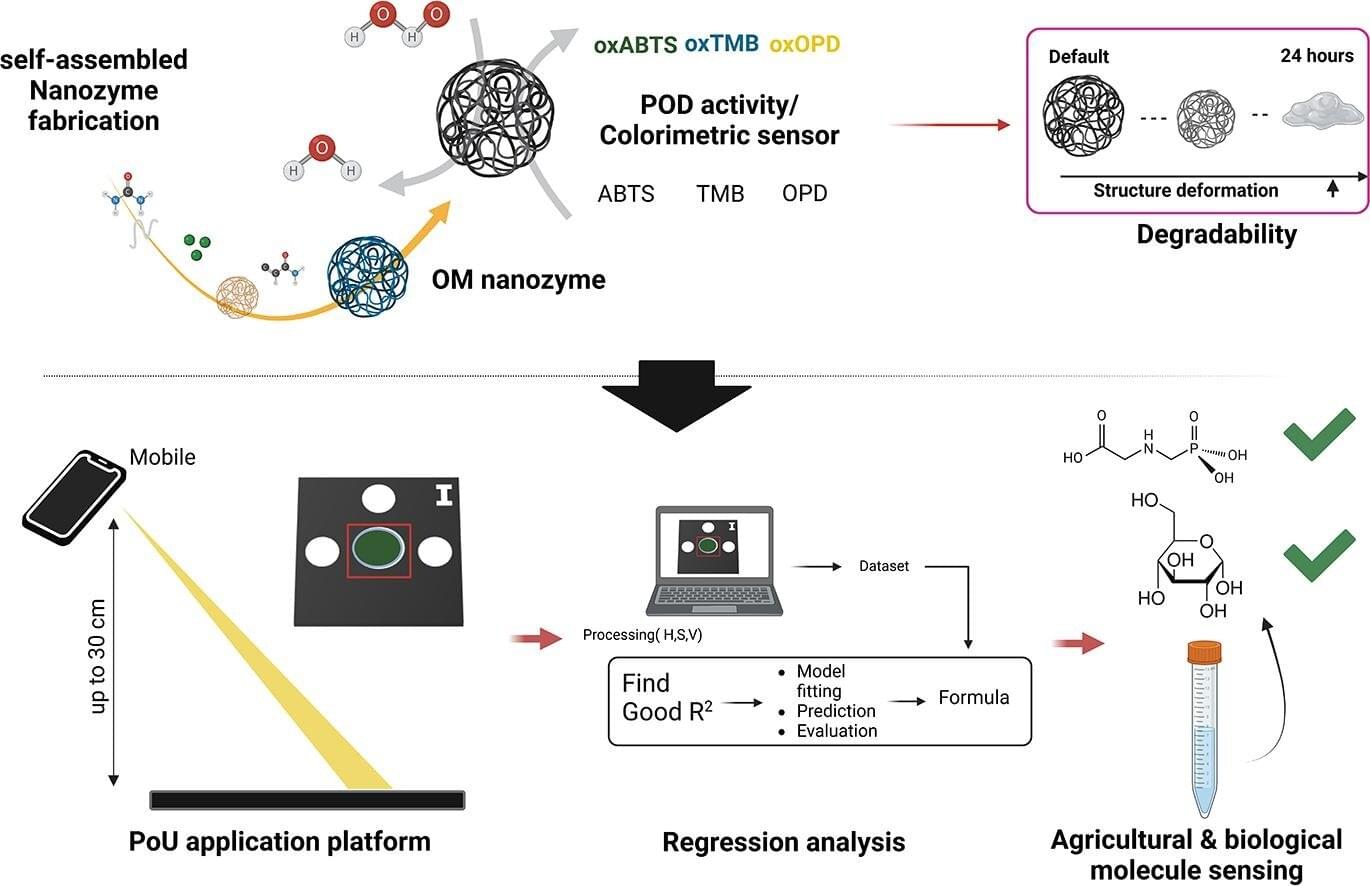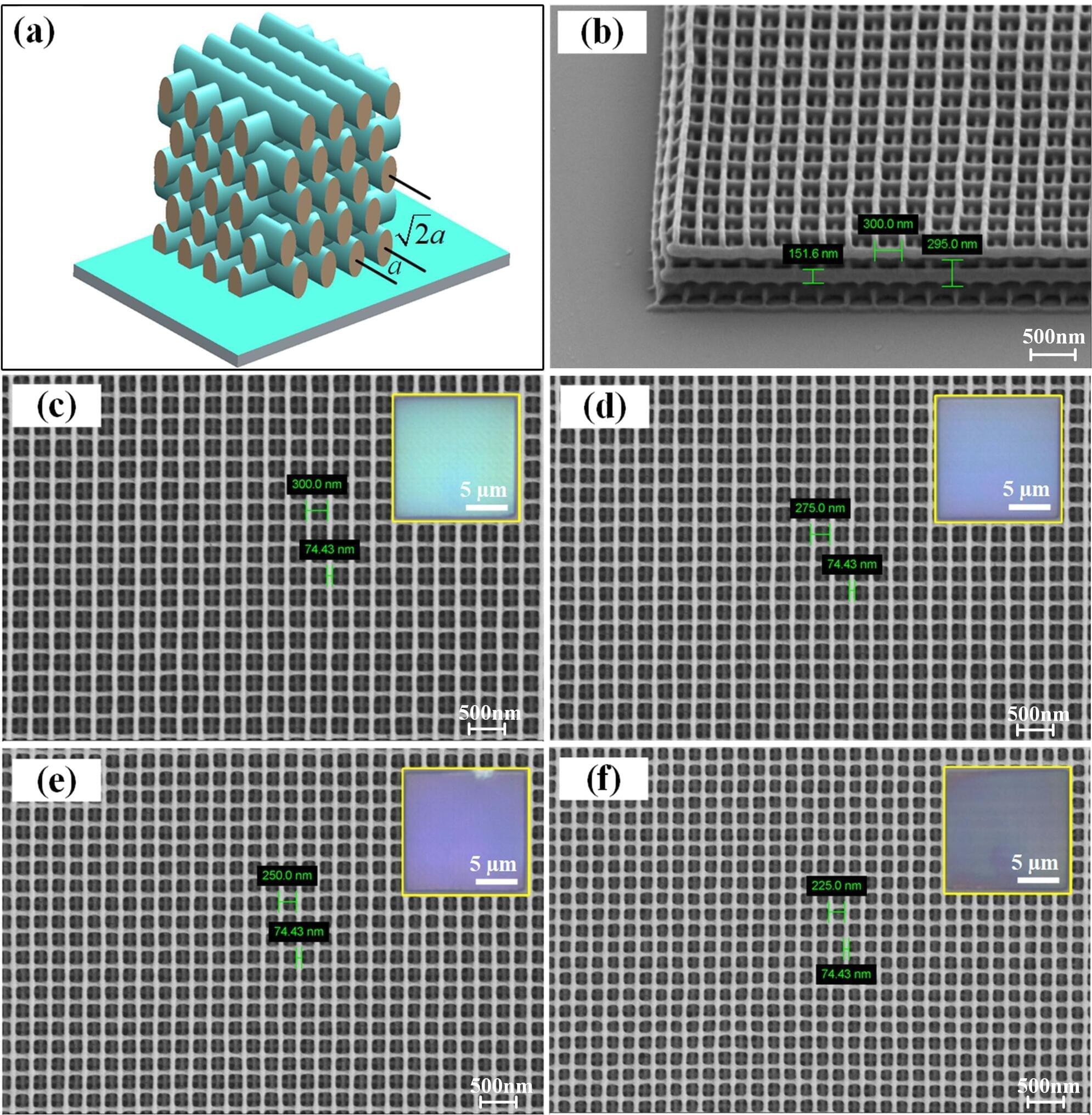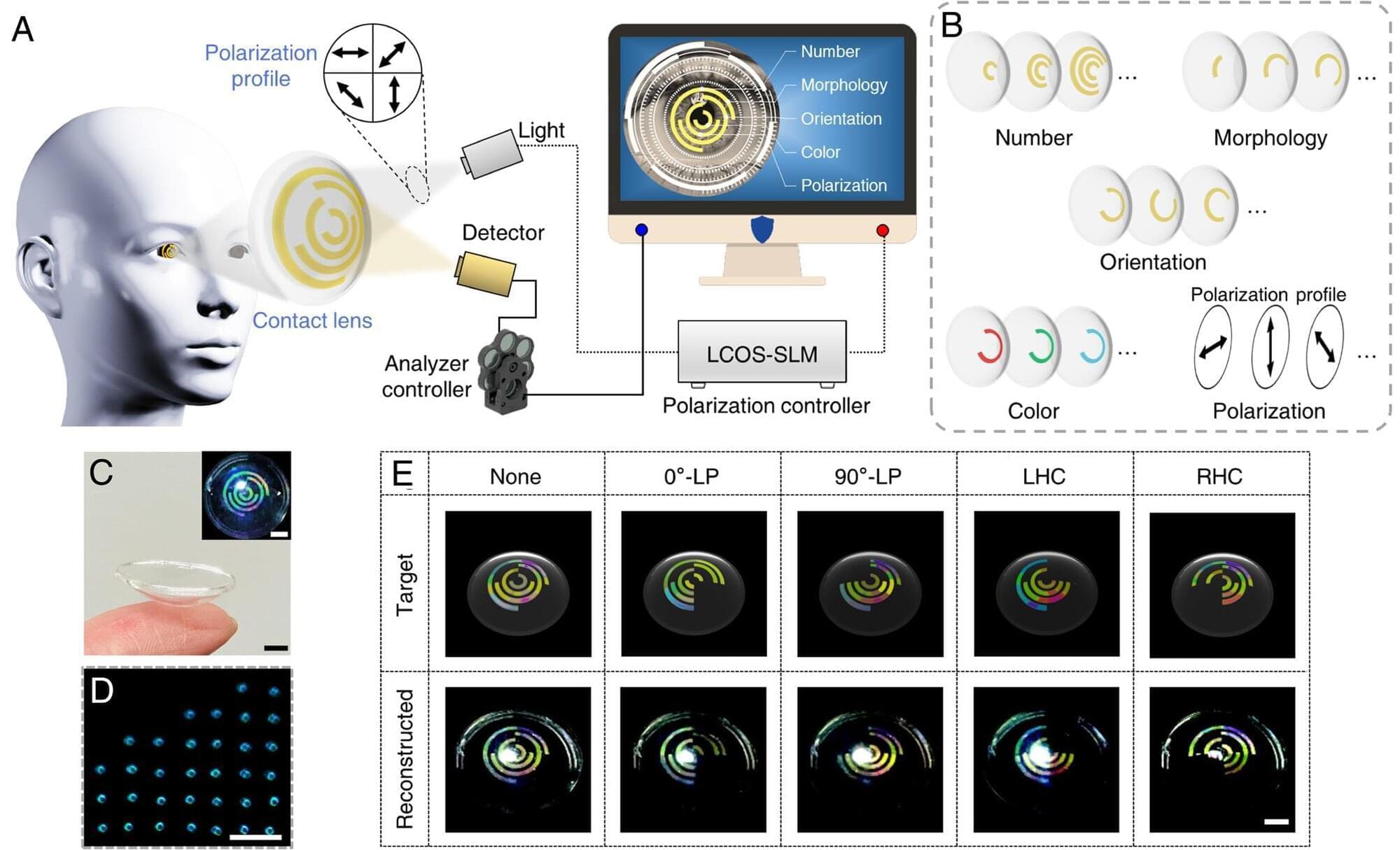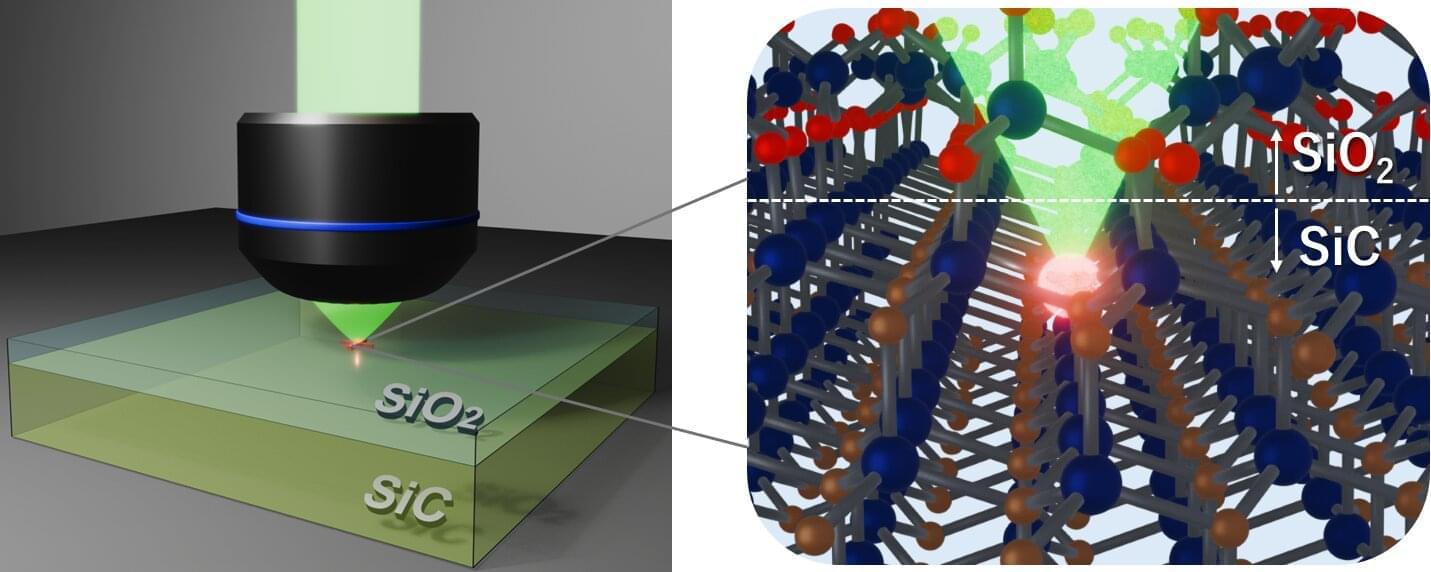A platform developed nearly 20 years ago previously used to detect protein interactions with DNA and conduct accurate COVID-19 testing has been repurposed to create a highly sensitive water contamination detection tool.
The technology merges two exciting fields—synthetic biology and nanotechnology—to create a new platform for chemical monitoring. When tuned to detect different contaminants, the technology could detect the metals lead and cadmium at concentrations down to two and one parts per billion, respectively, in a matter of minutes.
The paper was published this week in the journal ACS Nano and represents research from multiple disciplines within Northwestern’s McCormick School of Engineering.


